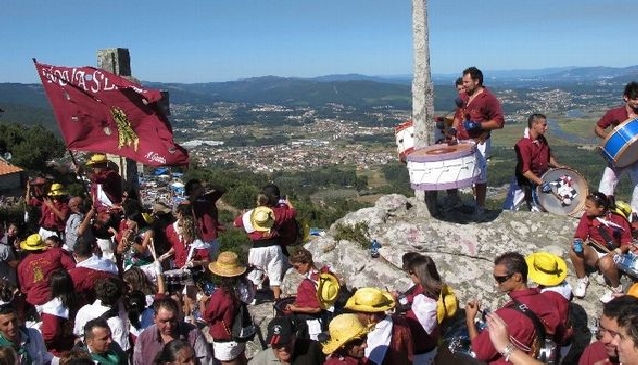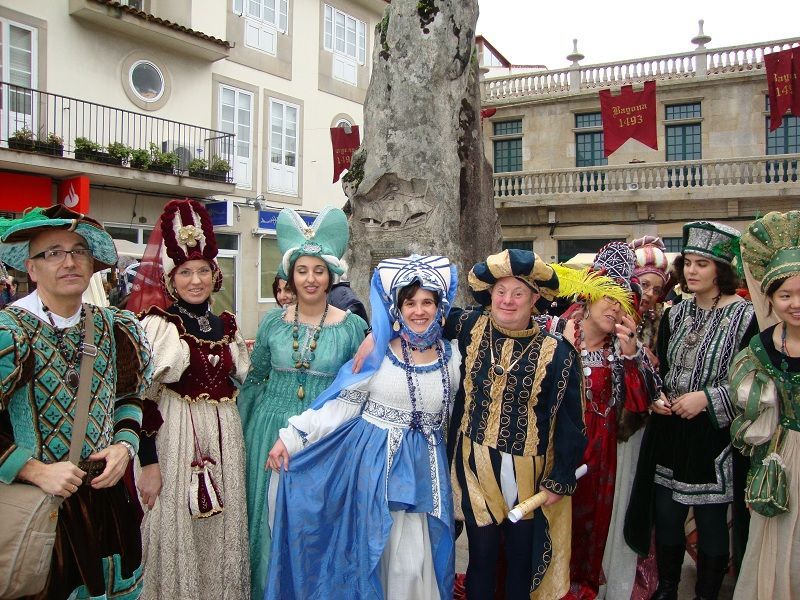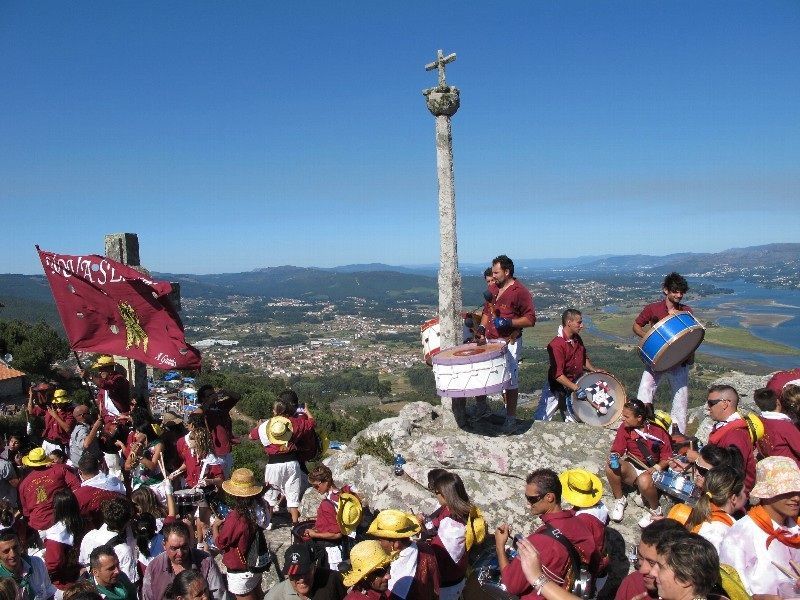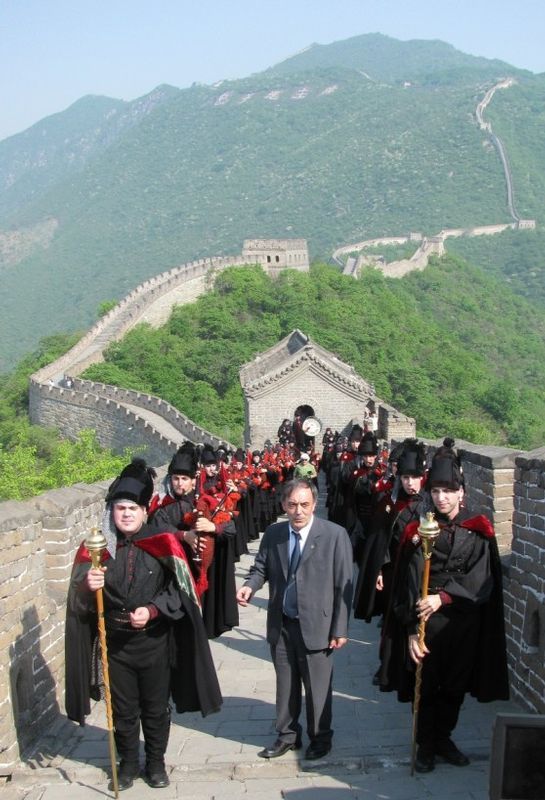Exploring the traditional folk music and culture of Galicia

I’d forgive you for listening to a recording of Galicia’s traditional folk music and thinking it was an unheard movement from Riverdance, although I wouldn’t forgive you for actually listening to Riverdance. I’d also understand if you got the urge to do a jig while listening to Galicia’s traditional folk music, for it shares the same infectious quality as Celtic music. This is no coincidence.
Galicia’s culture has been graced regularly by Celtic culture, from the first traces around 600 years BC, to the Middle Ages when the region became Europe’s foremost pilgrimage destination. More latterly, Irish and Scottish folk music has had a direct influence on Galician folk and folk rock, contributing to a revival of the genre that was spurred on by the end of Francisco Franco’s suffocating regime.

Arribada Festival, Baiona
The Festival Internacional do Mundo Celta, established in 1977, was an important factor in the development of modern Galician folk music, providing a platform on which aspiring Galician bands could perform and gain recognition. Indeed, fiestas and festivals are intrinsically entwined with the region’s traditional music, and feature in abundance on Galicia’s cultural calendar. Across July and August alone there are over 100 events, which equates to more than one a day!

Festival of the Mountain, La Guardia
Today, events such as Festival Celta de Ortigueira fly the Galician folk music flag. First held in 1978, Ortigueira is one of Spain’s biggest music festivals, having been labelled an Event of National Touristic Importance by the Spanish Ministry of Economy in 2003, with a focus on Celtic traditions that has latterly broadened to incorporate musical traditions from around the world.
Another important event is the Festival of St. James the Apostle, the final destination of one of the world’s most ancient pilgrimage routes, along with Festa do Monte, an event that ends with groups of colourfully attired attendees banging drums and dousing one another with red wine. Sounds like a typical night out in Liverpool to us…

Royal Pipe Band from Ourense on the Great Wall of China
Galician music is distinguished by its use of the gaita, a relative of the bagpipe, along with the hurdy gurdy (no tittering at the back please) and a variety of wind and percussion instruments. Together, they create songs that can be accompanied by voice, or enjoyed instrumentally, the oldest form of which is called the alalá (imagine Julie Andrews singing ‘La, a note to follow Sew’…).
Those wishing to learn more about the music of Galicia should start with Carlos Núñez, the spearhead of the Galician folk music revival and the movement’s biggest star. Núñez studied recorder at the Royal Conservatory in Madrid before graduating and forging a reputation as an exciting virtuoso. Commercial success followed with his breakthrough album in 1996, Brotherhood of Stars, which sold 100,000 copies, catapulting Núñez to fame and, with him, Galicia’s folk music.